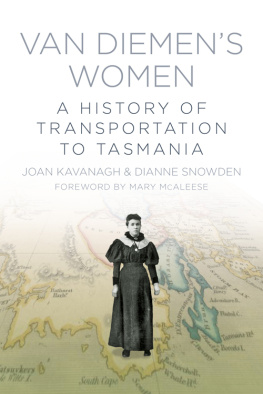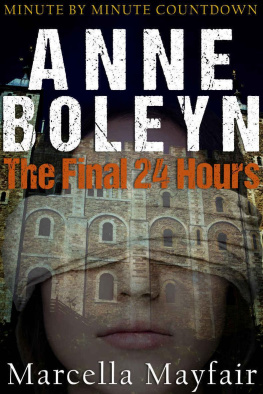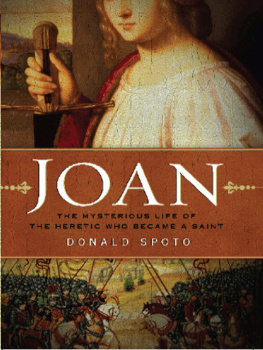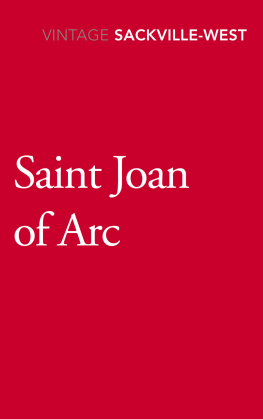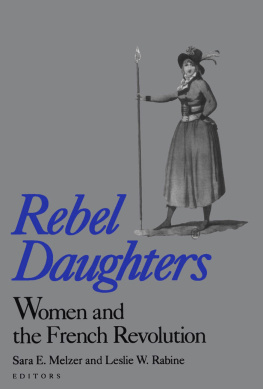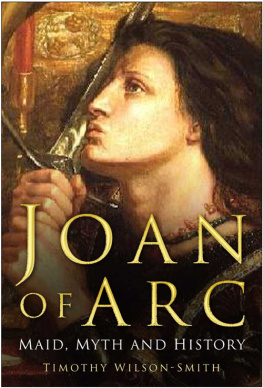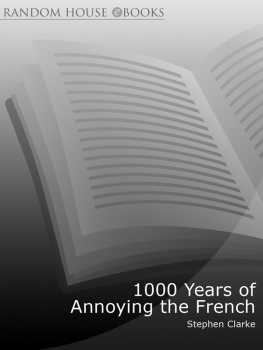First published in 1991
This edition first published in 2013
by Routledge
2 Park Square, Milton Park, Abingdon, Oxon, OX14 4RN
Simultaneously published in the USA and Canada
by Routledge
711 Third Avenue, New York, NY 10017
Routledge is an imprint of the Taylor & Francis Group, an informa business
1991 Camille Naish
All rights reserved. No part of this book may be reprinted or reproduced or utilised in any form or by any electronic, mechanical, or other means, now known or hereafter invented, including photocopying and recording, or in any information storage or retrieval system, without permission in writing from the publishers.
Trademark notice: Product or corporate names may be trademarks or registered trademarks, and are used only for identification and explanation without intent to infringe.
British Library Cataloguing in Publication Data
A catalogue record for this book is available from the British Library
ISBN: 978-0-415-53409-3 (Set)
eISBN: 978-0-203-10425-5 (Set)
ISBN: 978-0-415-62371-1 (Volume 29)
eISBN: 978-0-203-10401-9 (Volume 29)
Publishers Note
The publisher has gone to great lengths to ensure the quality of this reprint but points out that some imperfections in the original copies may be apparent.
Disclaimer
The publisher has made every effort to trace copyright holders and would welcome correspondence from those they have been unable to trace.
To my parents, Ruth and Michael Naish
Go on, o go on past me!
Go on, you rough scythe-man!
I am still young, go, dear man,
Go on, and do not touch me.
(Matthias Claudias, Death and the Maiden)
The Queen turned crimson with fury, and, after glaring at her for a moment like a wild beast, screamed 'Off with her head! Off-!'
'Nonsense!' said Alice, very loudly and decidedly, and the Queen was silent.
(Lewis Carroll, Alice's Adventures in Wonderland)
Torture of every kind
may await me;
I scorn torment and pain.
(Mozart/Bretzner, Die Entfiihrung aus dem Seraii)
This book would not have been written but for two students. The first was enrolled in a third-year French course at the University of Wisconsin in the fall of 1980; the class was asked to prepare oral presentations on something typically French. While everyone else spoke of Camembert, the Eiffel Tower, Monet or General de Gaulle, this young woman did a highly original presentation on the Sanson family, executioners in Paris and Versailles from 1688 to 1847. Fascinated, I promptly devoured what books the library contained on the subject, which I thought might make an interesting play.
The second student had come from Paris to study violin at the University of Tulsa. In the spring of 1982 he suffered a collapsed lung after sunbathing. The doctors had to open his chest and insert a tube to re-inflate the cavity - a procedure repeated four times, without a general anaesthetic. It was thought necessary to keep the patient conscious, and also to inform him of what was going on; however, in the horror of the moment he did not always understand. Thus a translator was needed. Having what are sometimes termed 'language skills', I was present for three of the four operations, holding the young man's hands and translating his howls of pain. This experience of civilised barbarity was something of a jolt. Banal though it must be to say it reminded me of the Sansons and their horrendous duties, that is nonetheless what happened. I began finding out more about these intriguing executioners, intending to write their biography. Struck by their evident dislike for what they did - and particularly the dismay they felt at executing women - I subsequently decided this would be a better topic: guillotined women, and their bourreaux. While many individual biographies existed of famous executed females, such as Charlotte Corday, or Marie Antoinette, I was not aware of any book that put them all together and compared their deaths; nor of one that attempted, while so doing, to consider the lives of the men who beheaded them. The stories of the executed women are being published first under the title Death Comes to the Maiden ; the history of the Sanson family is scheduled for a second volume.
Since beheading was not the only means of giving death, the study began to grow in other directions, including burning, burial alive and hanging. Reading the lives of the protagonists, I was struck by the extent to which fiction entered their biographies, as if no absolute means existed for determining parts of the historical truth; reading the literary treatments of their lives, I was struck by details of execution which reflected historical fact. In consequence my approach to novels and dramas dealing with executed women is more historical than is customary in present academic trends, while the approach to those women's lives is frankly narrative: horizontal threads, suddenly cut through. The civil rights aspect of the question seemed particularly important with regard to the beheadings of the French Revolution, and Olympe de Gouges' insistence that women who were fully punishable by law should also enjoy full legal status. The state's right to punish private individuals in the first place had been laid down by Rousseau in his Social Contract :: 'Since every wrongdoer attacks the society's law, he becomes by his deed a rebel and a traitor to the country; by violating its law, he ceases to be a member of it.' Trial and judgement 'are the proof that he has broken the social treaty and is in consequence no longer a member of the state'. But what to think of a contract which omitted to consult half its citizens?
The choice of chapters included in Death Comes to the Maiden reflects not only my own idiosyncrasies but the material available in libraries. A grant from the University of Tulsa enabled me to pursue research on the Sanson family in the Bibliothque Nationale and the Archives Nationales of France; the University of Tulsa library was also relatively well equipped with books on religious persecution. The library of St John's College in Santa Fe graciously allowed me borrowing privileges, including access to a bequest of books about the French Revolution. Given the enormity of the general topic, however, it seemed physically impossible to broach certain of its aspects: women put to death under the Third Reich, executions in the former Communist countries or any portion of the East.
In the course of carrying out research from the plains of Oklahoma and the Sangre de Cristo mountains I incurred many debts of gratitude. Dr Germaine Greer was kind enough to encourage the project at an early stage, when it concerned the Sanson family. Nell Gotkovsky and Daniel Odier extended hospitality and help in Paris, as did Brigitte Bell, Dr Michele Jacquet and Henry Gronnier. Harold Peterson of the Minneapolis Institute of Art patiently listened to queries about illustrations. Numerous other friends offered practical assistance or suggestions: of those then in Tulsa I am particularly indebted to Susan Hastings, Charlotte Stewart, Sabra Martin and Jan Donley. In Santa Fe I am grateful to Pat Pritchard and Ellen Bayard O'Neill; to Alice Davis of the Santa Fe Public Library, and Florence Goulesque, James Benefiel and Tracy Kimball of the St John's College Library. At Routledge I would like particularly to thank Andrew Wheatcroft, Penny Wheeler, Margaret Deith, Julia Moffat and Hilary Moor; I am also indebted to Brian and Jean Hopkins and Michael Turner. Then, too, words of encouragement from Germaine Bre, Clia Bertin, Annie Le Bran, Radovan Ivsic, Ida Gotkovsky, Anne Martin and James Robinson have been much appreciated. Nor would I wish to conclude without mentioning the late Mrs June Ortiz, of Santa Fe, whose courage, elegance and warmth will not be forgotten.


